
A lab grown diamond is more than a jewel – it is a work of art, pure and perfect. Divine in the way it is created – carefully engineered with the energies comparable to the natural powers of the earth that form diamonds. ‘Is it right for me?’ You might wonder. The answer lies in its virtues.
The only conflict-free diamonds, far away from unethical activities such as mining, child labor and unsafe work environments, lab-grown diamonds are ethically sourced/created with complete transparency, giving you peace of mind and confidence.
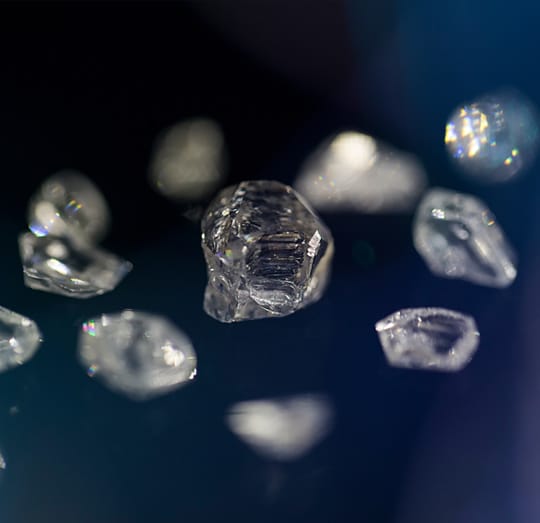
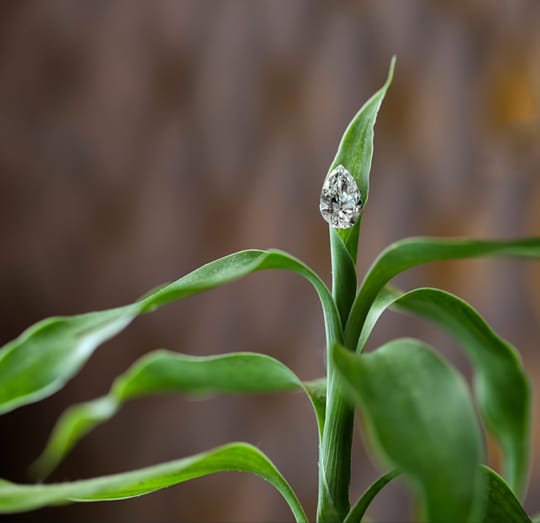
If you’re just beginning to learn about the environmental sustainability of lab-manufactured diamonds, you must know – the process of creating them leaves the earth untouched. With far less energy required, engineered diamonds produce fewer carbon dioxide emissions compared to mining.
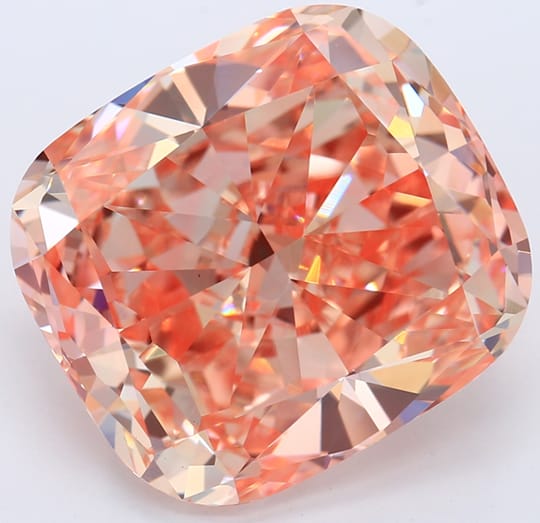
You can have the best of both worlds by adding a colored lab-made diamond, as it adds an ideal twist to any jewelry. But discovering a colored diamond in nature is rare and also very expensive. In the laboratory, researchers can manipulate a diamond better to grow lab-made colored diamonds, making them more available than ever before.
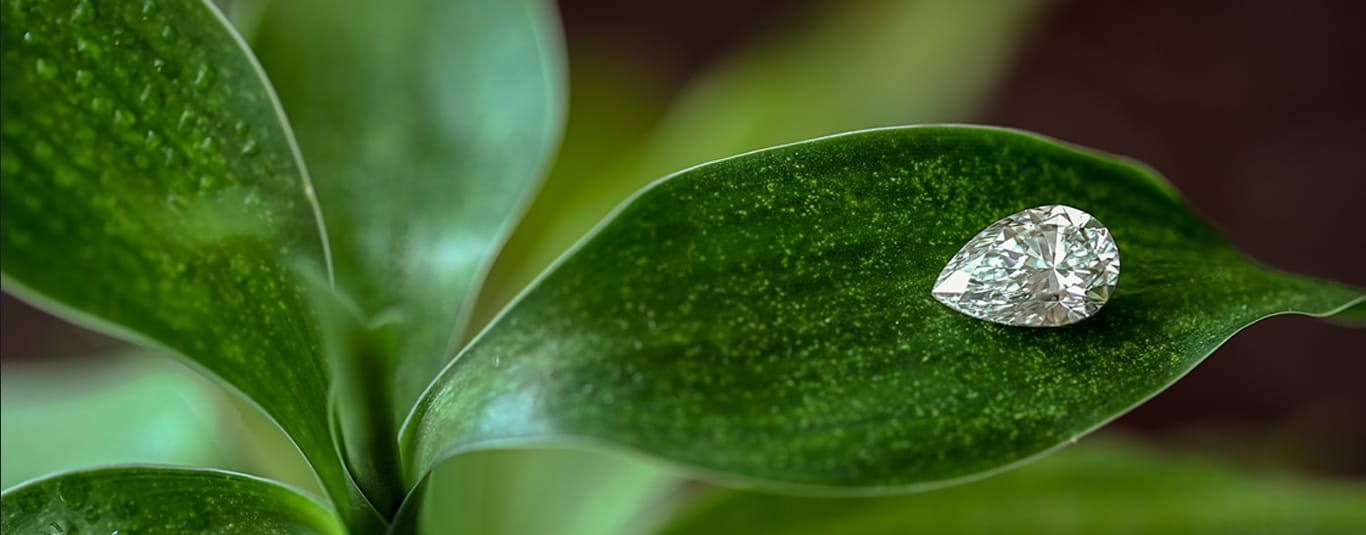
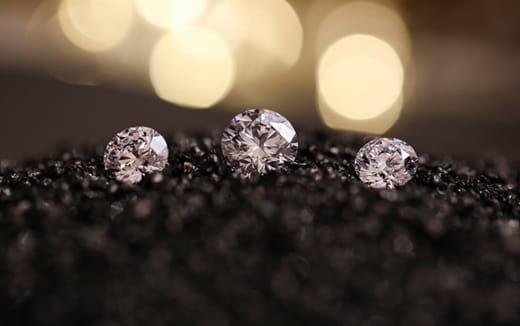
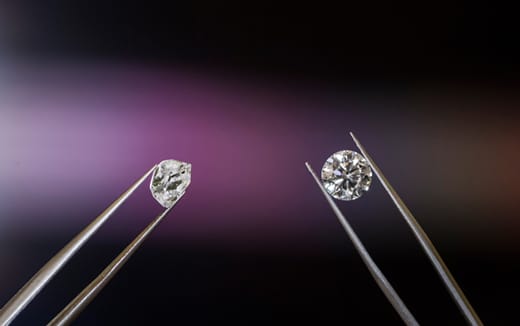

As consumers recognize the power of change through every purchase, small and big, they express their choice for ethical, environmentally safe, fair, and clean products. Diamonds are no different. The alternative to unethical blood diamonds and conflict diamonds is lab-grown diamonds.
The new generation has fallen in love with grown diamonds owing to their high humanitarian and environmental value. What is more, its affordability makes it easy for everyone to purchase and indulge in luxury.
Register Now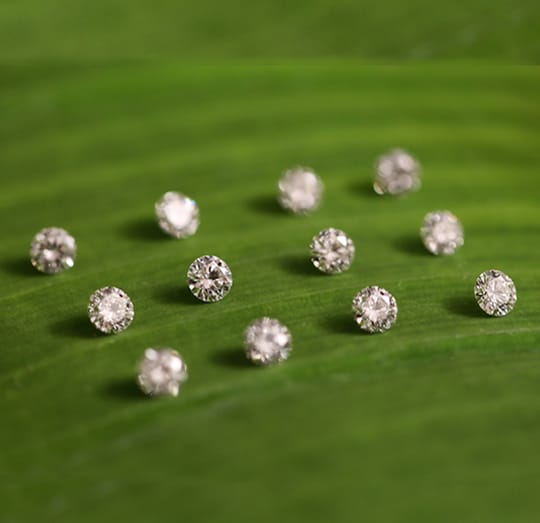
| Aspect | Natural Diamonds | Lab-grown Diamonds |
|---|---|---|
| Origin | Natural diamonds are formed by natural processes and mined from the Earth. | Lab diamonds are man-made, created in laboratories via scientific processes. |
| Purity | Natural diamonds have more impurities and nitrogen because they are created through natural processes. | Lab-grown diamonds are purer than natural diamonds because they are created through controlled processes and do not have nitrogen in them. |
| Price | Natural diamonds are expensive because they are extracted from the Earth and involve a high amount of resources. | Lab-created diamonds are 30 to 40% cheaper compared to natural diamonds, as they are created scientifically. |
| Sustainability | Natural diamonds are not sustainable, as mining often harms the environment. | Lab-grown diamonds are sustainable as they are created under safe conditions, ensuring less environmental harm. |
| Availability and accessibility | Natural diamonds are not easily available, as their availability depends on natural formations deep under the Earth’s surface. | Lab diamonds are easily available as they can be created based on market and consumer demands. |
Lab-grown diamonds are created via two processes:
1. HPHT - High Pressure High Temperature
2. CVD - Chemical Vapor Deposition
In the HPHT process, a diamond seed is placed in a chamber, which is then subjected to high pressure and high temperature along with specific gases. This leads to the formation of rough diamonds.
In the CVD process, the diamond seed is placed in a chamber that has gases. The carbon atoms of the gases break down and join with the seed. This process leads to the formation of the rough diamond.
Question: How are lab diamonds certified?
Answer: Lab-grown diamonds are certified through certification labs such as the Gemological Institute of America (GIA), the Gem Certification and Assurance Lab (GCAL), and the International Gemological Institute (IGI), among others.
Question: How are grown diamonds graded?
Answer: Just like mined diamonds, grown diamonds are graded based on the 4 Cs – Cut, clarity, color, and carat.
Question: Are all manmade diamonds alike?
Answer: No. Every diamond created in a lab is different. The only thing common is the process through which they are made. Just like Earth-formed diamonds, lab-created diamonds are all unique and different.
Question: Are there colored lab diamonds?
Answer: Yes, there are colored lab diamonds—yellow, brown, orange, red, pink, black, blue, and green.
Question: Why is cutting so important for diamonds?
Answer: Cut is important as it brings sparkle, hides inclusions, and affects the way a diamond looks, among other reasons.
Question: Can grown diamonds be put into custom jewelry settings?
Answer: Absolutely! Lab-grown diamonds can be bought as loose stones and set into any custom jewelry design.

Lab diamonds are certified through certification labs such as Gemological Institute of America (GIA), the Gem Certification And Assurance Lab (GCAL) and International Gemological Institute (IGI) among others.

Just like mined diamonds, lab diamonds are graded based on the 4 Cs – Cut, Clarity, Color, and Carat.

No. Every diamond created in a lab is different. The only thing common is the process through which they are made. Just like Earth-formed diamonds, lab diamonds are all unique and different.

Yes, there are coloured lab diamonds – yellow, brown, orange, red, pink, black, blue, and green.

Cut is important as it brings sparkle, hides inclusions, and affects the way a diamond looks, among other reasons.

Absolutely! Lab diamonds can be bought as loose stones and set into any custom jewellery design.
© 2025 Grown Diamond Corporation - Lab Grown Diamonds. All rights reserved.| Sitemap


